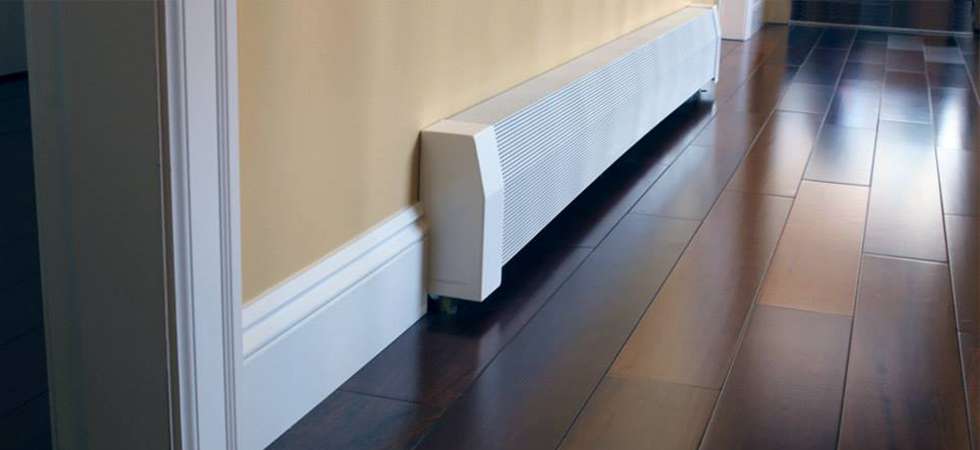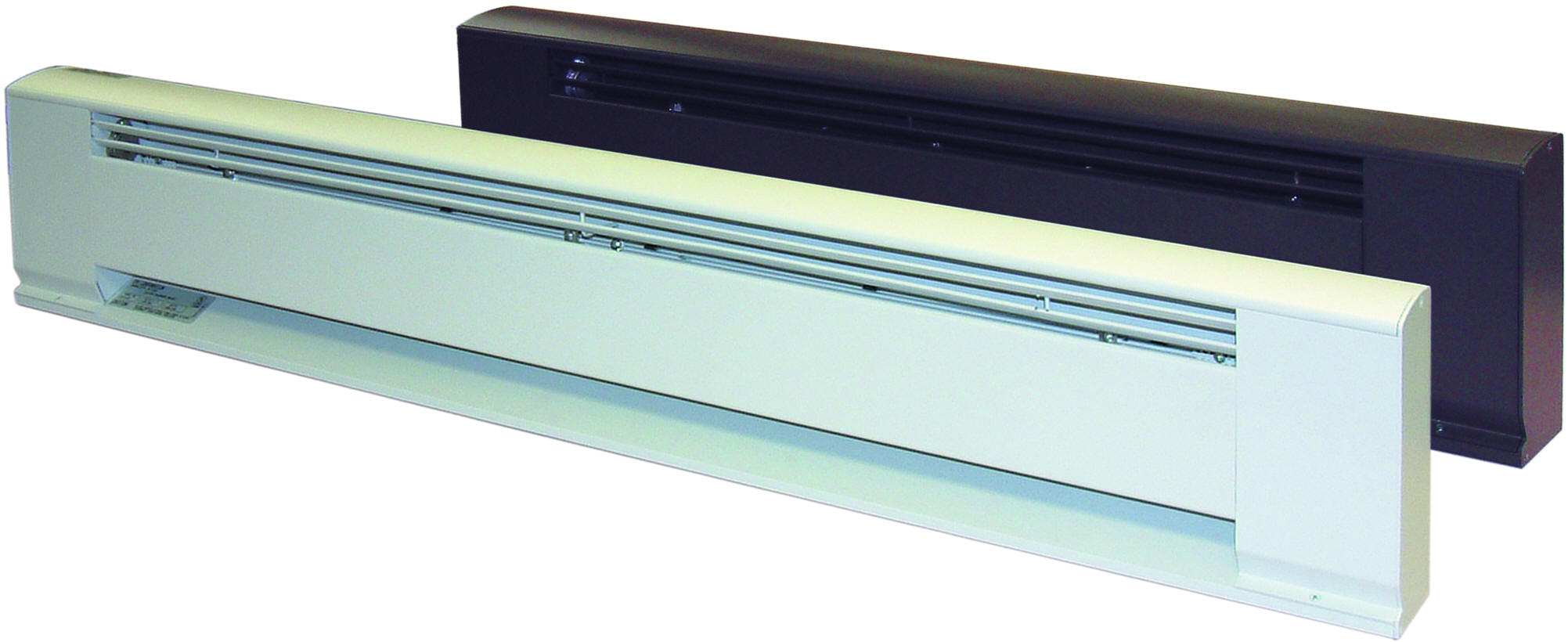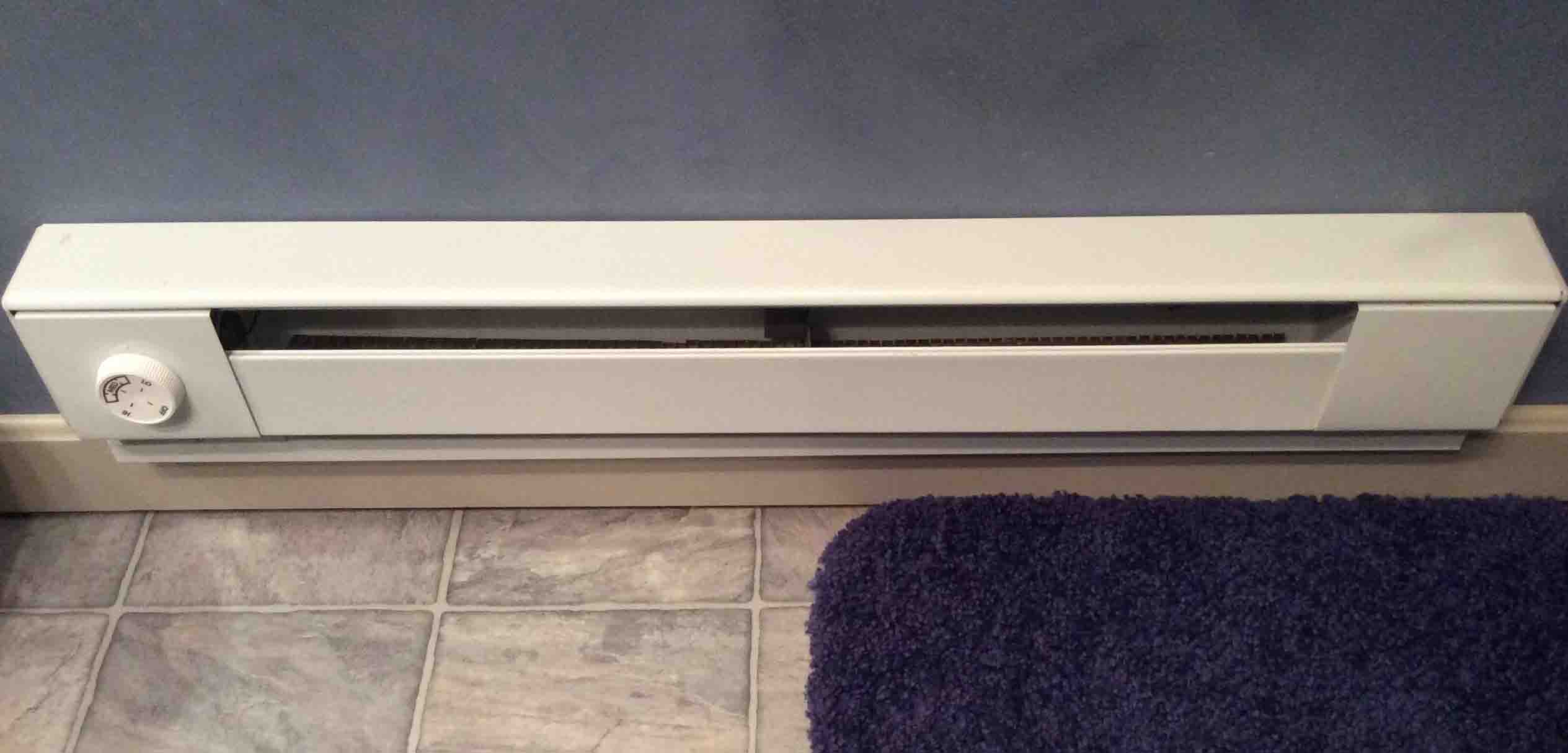When it comes to heating your home, baseboard heaters are a popular choice due to their efficiency and ease of installation. However, selecting the right baseboard size can be daunting. This comprehensive guide will walk you through the essential factors to consider, including baseboard sizing, the type of pipes to use, and various calculators to help you determine your heating needs.
Understanding Baseboard Sizing

Why Baseboard Size Matters
Choosing the correct baseboard size is crucial for ensuring your home is heated efficiently. Too small a baseboard heater may not provide adequate warmth, while an oversized unit can lead to unnecessary energy consumption and higher costs.
Factors Affecting Baseboard Size
Several factors influence the size of the baseboard you need, including room dimensions, insulation quality, and the local climate. Understanding these factors will help you make an informed decision.
What Size Pipe for Baseboard Heat?
Pipe Size and Heat Output
The size of the pipe used for baseboard heat significantly affects the system’s efficiency. Typically, 3/4 inch copper or PEX pipes are used for most residential baseboard heating systems. Larger pipes can deliver more hot water and, consequently, more heat, but they may not be necessary for smaller homes or individual rooms.
Compatibility and Installation
Ensuring compatibility between your baseboard heater and the piping system is vital. Proper installation also plays a role in maximizing efficiency and heat distribution. Consulting a professional can help you avoid common pitfalls and ensure your system is set up correctly.
Using a Hot Water Baseboard Calculator
What is a Hot Water Baseboard Calculator?
A hot water baseboard calculator is a tool that helps you estimate the amount of heating needed for a particular space. By inputting specific details such as room size, insulation type, and desired temperature, you can get a more accurate idea of the baseboard size required.
Benefits of Using a Calculator
Using a baseboard heat calculator can save you time and money by providing precise estimates. This ensures you purchase the right size baseboard heater and avoid under or over-sizing issues.
How Much Baseboard Heat Do I Need?
Calculating Your Heating Requirements
Determining how much baseboard heat you need involves calculating the heat loss in each room. Factors such as window size, insulation, and external wall exposure contribute to the total heat loss, which is measured in BTUs (British Thermal Units).
Practical Examples
For instance, a well-insulated 200 square foot room in a moderate climate may require a baseboard heater with a capacity of 4,000-6,000 BTUs. Using a baseboard heater calculator can provide more tailored estimates based on your specific conditions.
Baseboard Heater Size Chart

Understanding the Size Chart
A baseboard heater size chart provides a quick reference for matching room sizes to the appropriate baseboard heater. These charts typically list room dimensions alongside the recommended heater size in BTUs.
Utilizing the Chart
By cross-referencing your room size with the chart, you can quickly determine the baseboard size you need. This method is particularly useful for homeowners looking to replace existing heaters or upgrade their system.
Baseboard Heat Calculator
How to Use a Baseboard Heat Calculator
A baseboard heat calculator works similarly to the hot water baseboard calculator but may include additional parameters such as room height and the number of windows. Inputting accurate data ensures reliable results.
Advantages of Accurate Calculations
Accurate calculations help prevent the common issues of over or under-heating. They also assist in optimizing energy consumption, ultimately reducing heating costs.
Baseboard Heater Calculator
Step-by-Step Guide
To use a baseboard heater calculator effectively, follow these steps:
- Measure the room dimensions.
- Assess the insulation quality.
- Note the number and type of windows.
- Input these details into the calculator.
Interpretation of Results
The calculator will provide a BTU value that corresponds to the heating capacity required. This value can then be used to select the appropriate baseboard heater from the size chart.
What Size Baseboard Do I Need?

Determining the Right Size
To determine the right size baseboard heater, consider the total BTU requirements calculated using the methods mentioned above. Match this value with the available heater sizes to ensure optimal performance.
High Output Baseboard Heat
For larger rooms or spaces with high heat loss, high output baseboard heaters may be necessary. These units provide more heat per linear foot, making them suitable for demanding environments.
Baseboard Size Chart
Utilizing the Baseboard Size Chart
A baseboard size chart is an invaluable tool for quickly identifying the correct heater size. Ensure you have all the necessary measurements and use the chart to find the best match.
Common Size Recommendations
For example, a 150 square foot room typically requires a baseboard heater rated at 3,000-4,500 BTUs. Always cross-check your calculations with the size chart to confirm your selection.
Conclusion
Choosing the right baseboard size is essential for achieving efficient and effective home heating. By understanding the factors involved, using the appropriate calculators, and consulting size charts, you can make an informed decision that meets your specific heating needs. Properly sized baseboard heaters ensure comfort, energy efficiency, and cost savings, making your home a warm and welcoming space throughout the colder months.
